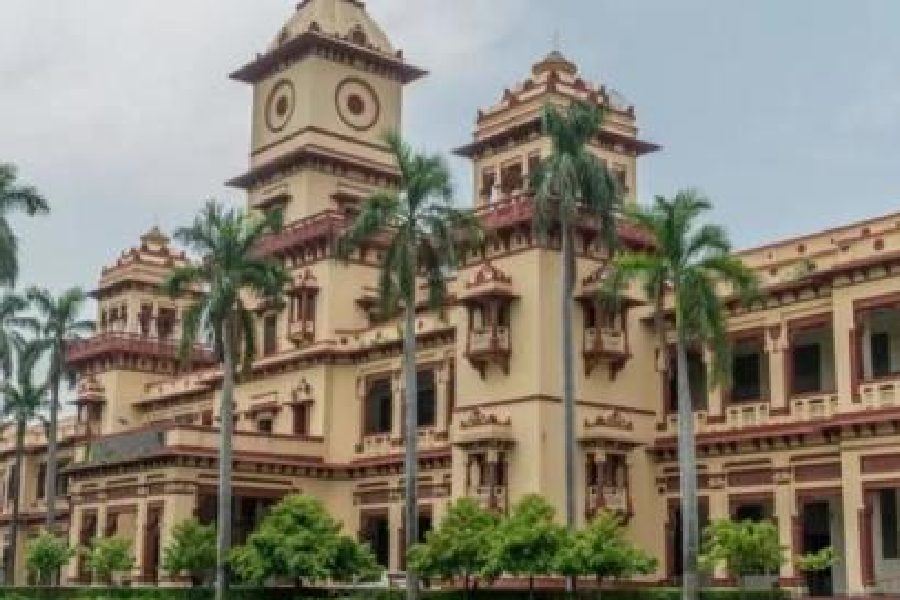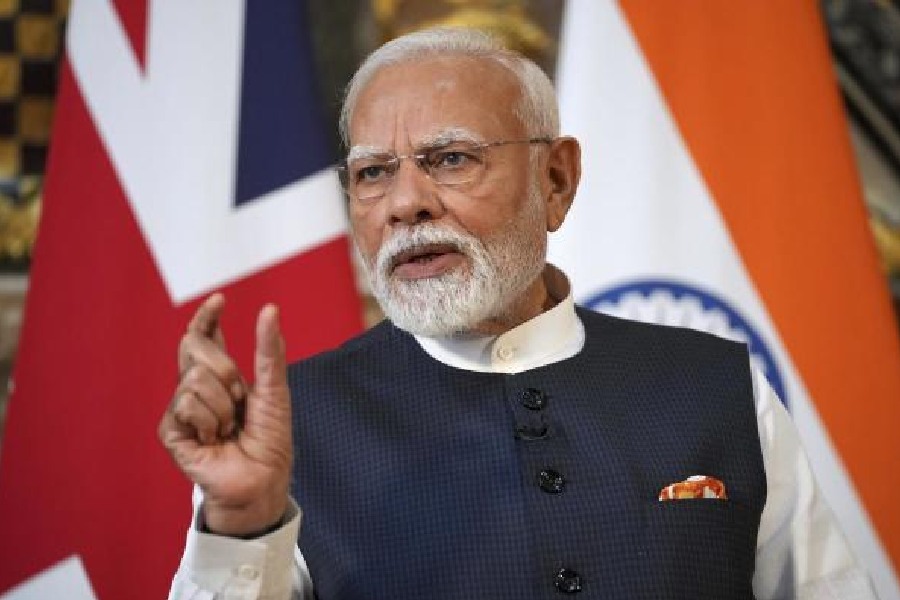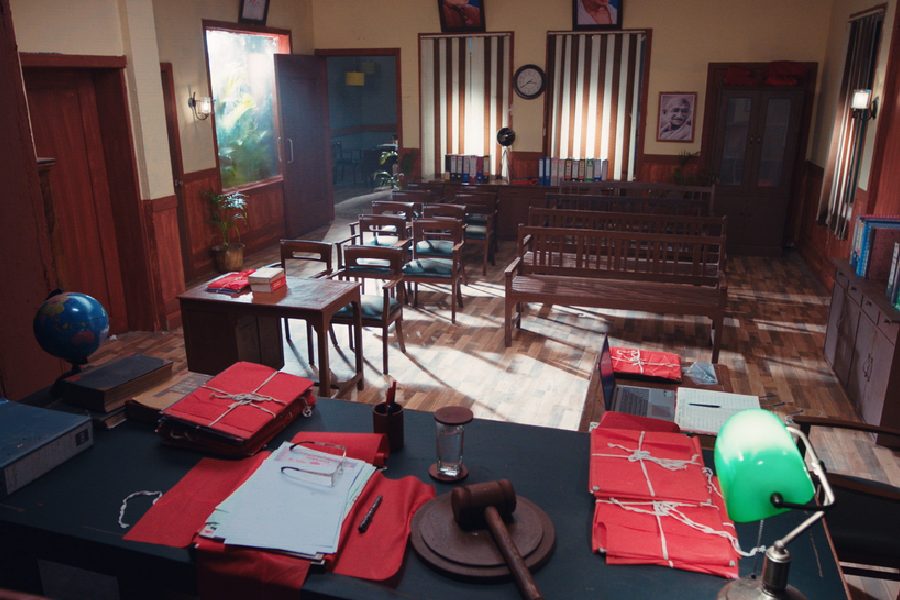 |
| Tara Douglas with an Abotani doll. Telegraph picture |
Guwahati, Jan. 5: Schoolchildren in the UK will soon get to know the folktales of the Tani community of Arunachal Pradesh as London-based Adivasi Arts Trust plans to release an animated short movie on Abotani — the mythical hero of the tribe.
Many have watched Chhota Bheem and Bal Ganesh. But what about Abotani and his attempt to free himself and his friends Kiipu (a dog) and Duumpoo (a deer) from the clutches of Digo Ane (the Keeper of Land)? What has Abotani done to maintain his relation with his brother, Yapom, a spirit?
Adivasi Arts Trust’s plan to release an animated short film on the folktale of Tani tribes — the Apatani, Nyishi, Adi, Tagin, Hill Miri — is part of its initiative to revive indigenous arts and culture through digital media and animation. The animation movie titled Abotani will also be screened in schools, festivals and cultural events in Arunachal Pradesh.
“It is a trickster’s tale — about Abotani and his brother Yapom. It gives a message of mankind’s interdependence on the natural and supernatural worlds. Pre-production for this film took place in Arunachal Pradesh in early 2013 in collaboration with the Centre for Cultural Research and Documentation and Rajiv Gandhi University, Itanagar. We are planning its release by the end of this year,” secretary of the trust, Tara Douglas, told The Telegraph.
Douglas, a graduate in animation from West Surrey College of Art and Design in the UK, has been working for preservation of tribal folktales in India through animation. Abotani will be screened as part of their Tales of the Tribes — a series of five animated folktales from indigenous communities in India. The four other films — Story of the Peacock (Pardhan Gond tribe of Madhya Pradesh), Man Tiger Spirit (Angami tribe of Nagaland), Tapta (Meitei tribe of Manipur) and Nye Mayel Kyong (Lepcha tribe of Sikkim) — are in different stages of production. The series will be of 30-minute duration and each film will be of five to six minutes.
“The purpose of doing these films is to explore options of revitalising indigenous artistic practices through animation. Animation may be a way of re-engaging the young generation in its own rich cultural heritage through the medium, which this generation is attracted to. It will also help indigenous youths in capacity building in areas like research, documentation, digital skills, teamwork, communication and self representation, as we are involving them too in the film-making process,” said Douglas. “We will be making versions of Abotani in some of the local languages of the Tani tribes, as well as in Arunachalee, Hindi and English for wider dissemination,” she said.
Abotani is considered the primal ancestor of the Tani tribes and the first to introduce the technique of paddy cultivation.
“We will screen the film for the Asian communities in the UK during the annual cultural event at the Nehru Centre in London. We will try to broadcast it on television channels in Scotland as well, through our links with West Highland Animation, an animation company in Scotland that is working to preserve the indigenous Scottish culture through the medium,” Douglas said.










